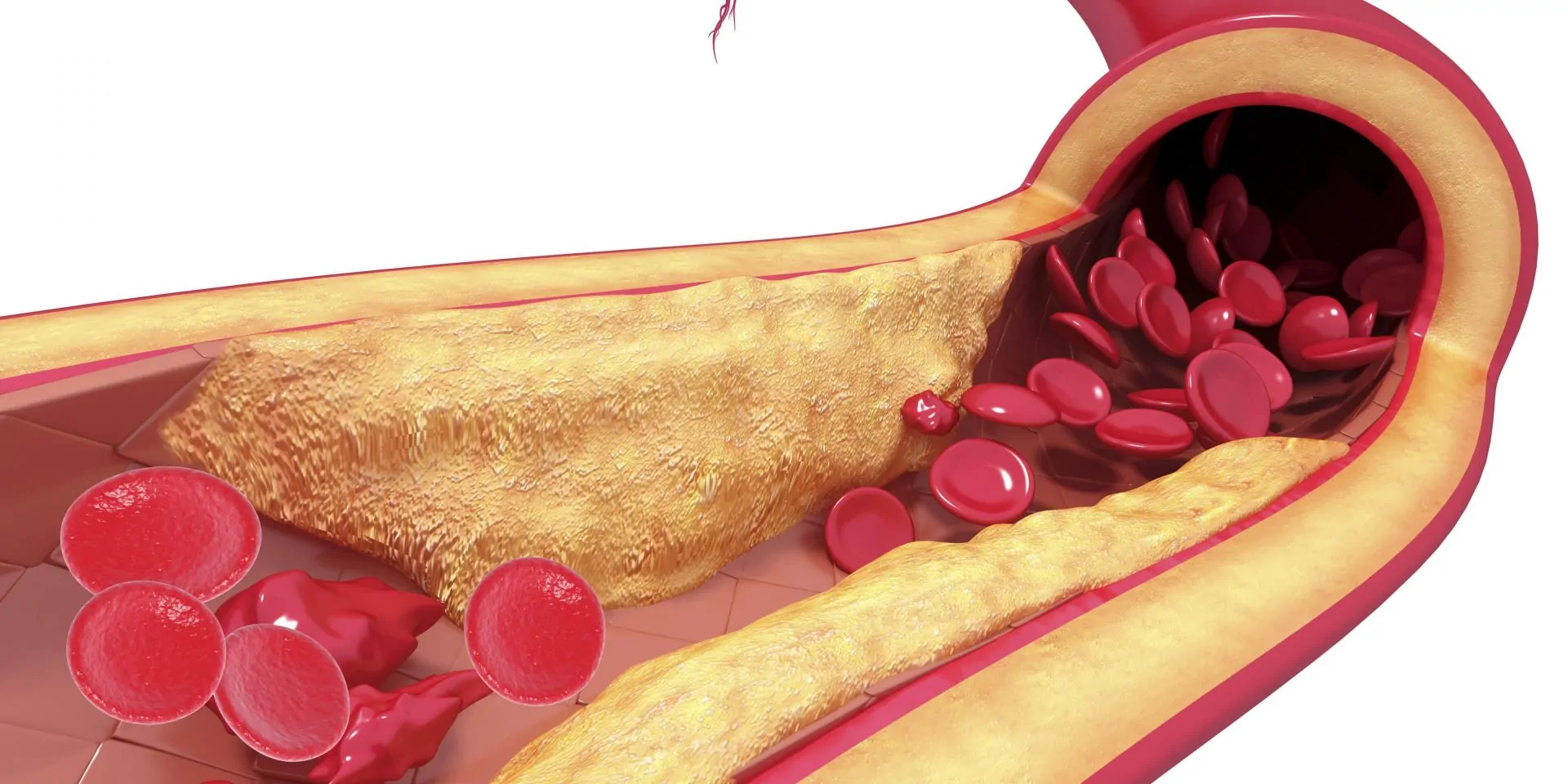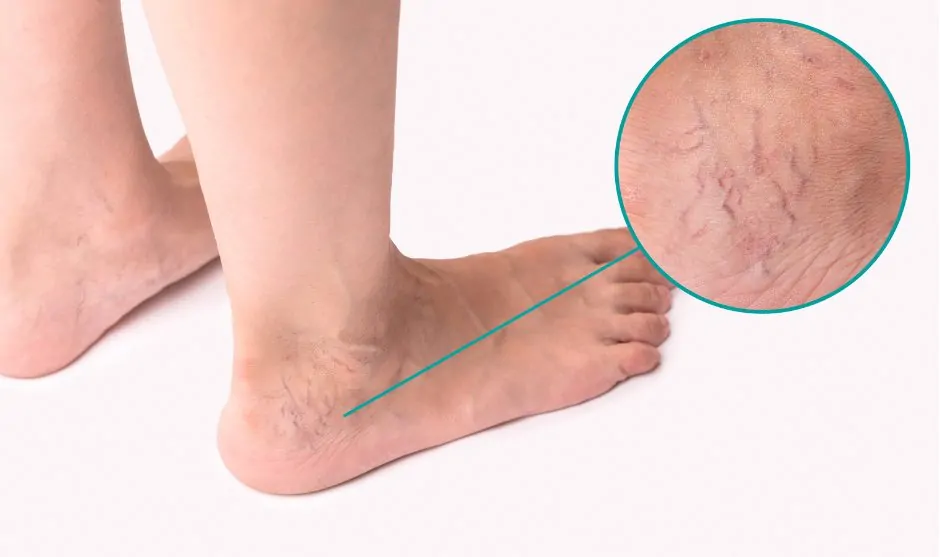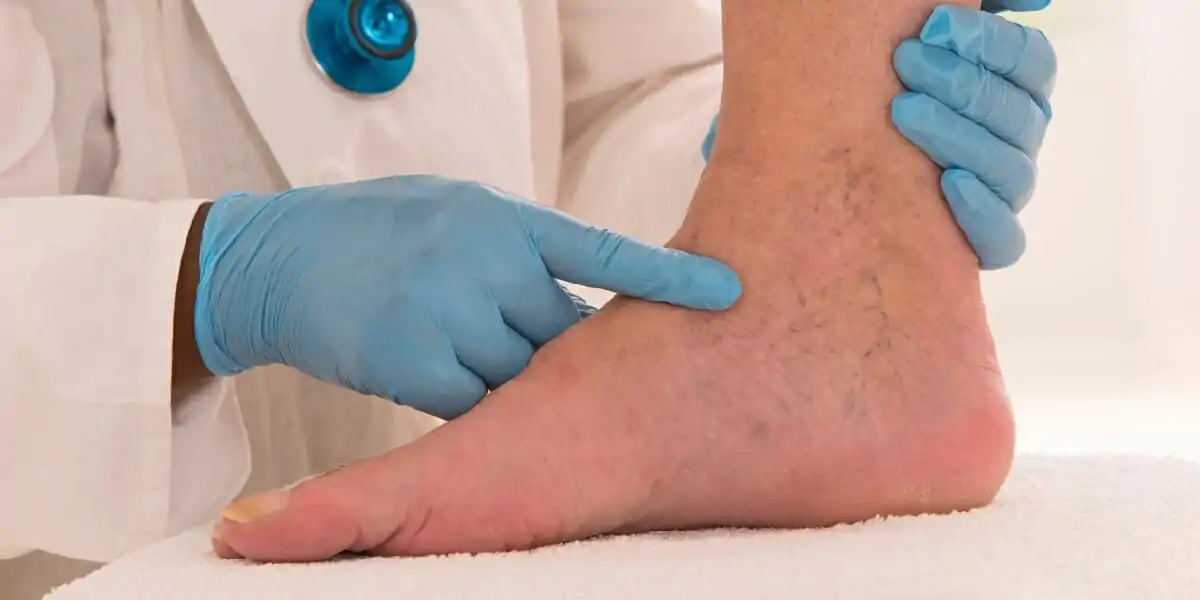How to Lower your Risk of PAD at Home
Camila Anderson Comas2025-08-08T18:25:57+00:00Photo Courtesy: Canva If left untreated, Peripheral Arterial Disease (PAD) can lead to some pretty serious consequences such as heart attack, stroke, gangrene, and even limb amputation. PAD can also be difficult to diagnose as it is often mistaken for something else. Health Conditions Related to PAD: Individuals suffering from PAD can also be afflicted with other health conditions. Coronary Artery Disease (CAD), for example, is the most common type of heart condition. [...]












